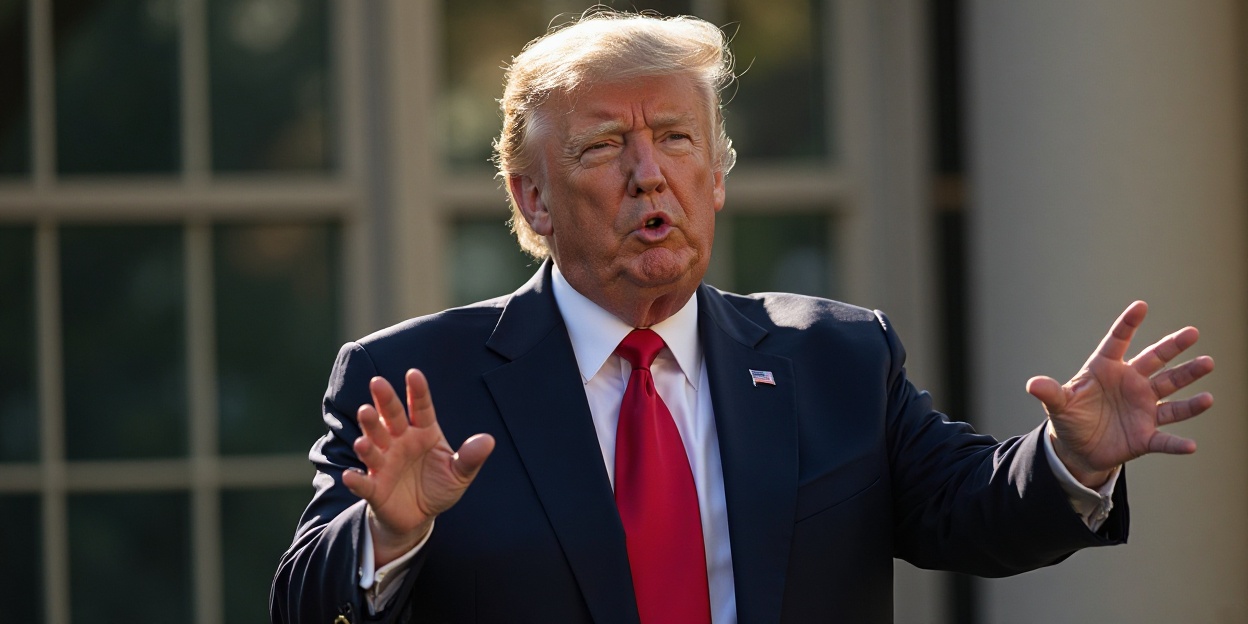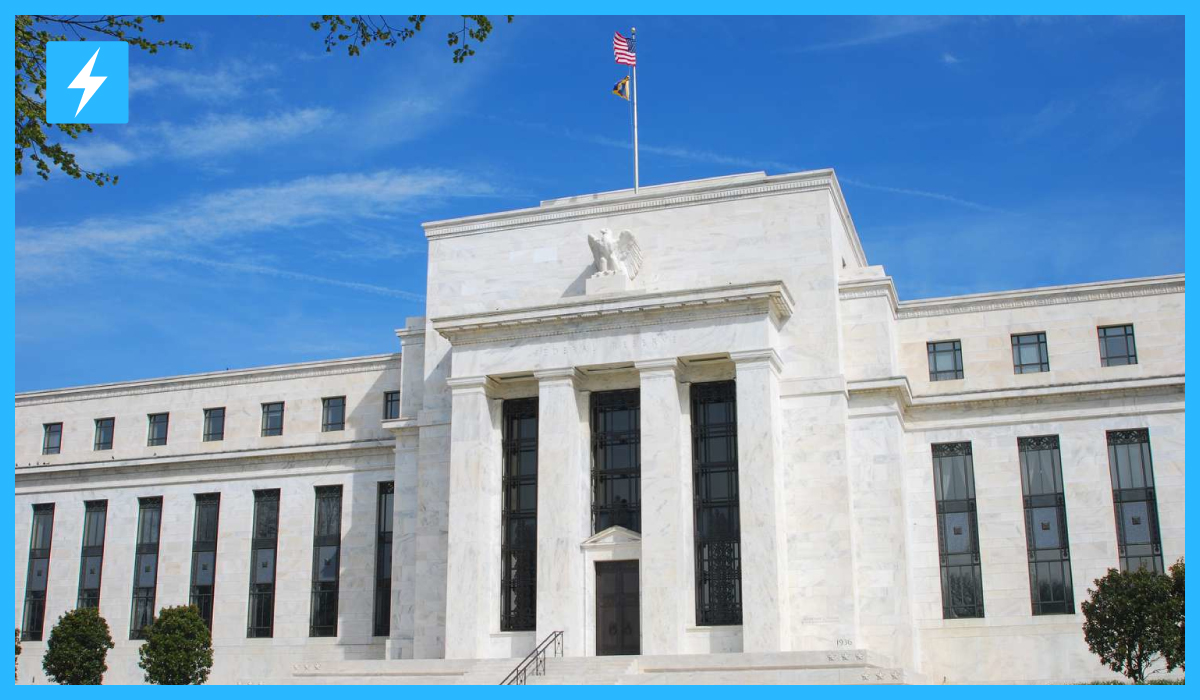Los Angeles protests 2020, urban centers including Los Angeles saw an outgrowth in protests unseen till then in recent memory. We can note a sharp increase in civil unrest at the time which in fact prompted former President Donald Trump to call for the use of the National Guard in the city. That which we saw that summer played out in a setting of a national movement for racial justice and police reform which broke out after the death of George Floyd. The deployment of the Guard and the protests which accompanied it marked a turning point in the still going out discussion of civil rights and public health in America.
The Surge in Protests: Response to issues of long standing
In 2020 we saw the outpouring of protest in Los Angeles which was in fact the result of years of growing frustration with what we see as systemic racism and police violence. The death of George Floyd on May 25th served as the spark that set off a national fire. In Los Angeles which is known for it’s diverse population and history of social action we had one of the main stages of that which we came to know as the movement. Also unlike what we had seen in past years the 2020 protests were larger in scale, more lasting, and very frequent which in turn presented the community’s large scale demand for change.
In the past few weeks there was a very large scale of protest action in Los Angeles. Reportedly, police and local media noted that June 2020 had the highest number of protests we have seen in at least 5 years. The various rallies ranged from quiet marches to more aggressive protests, with at that time what we would see were thousands participating daily. The intensity and reach of the protests included both local and national issues which in turn which reflected the great need for change that the participants were seeking.
Trump’s National Guard Deployment: Issue and Result
Los Angeles protests 2020, Former President Donald Trump had to put out the issue by sending in the National Guard to Los Angeles for the protests. That decision was very controversial which in turn sparked up debate over the militarization of civil response and the federal role in local issues. The federal government reported that the deployment was a necessary step in restoring law and order which they brought up in regards to issues of violence and property damage during some of the protests.
However we saw that which put forth did in fact increase tensions instead of reducing them. Also many community leaders, activists, and local officials reported out that the put in of armed National Guard into the picture did little to calm things down in fact it increased fear and trust issues among protesters which in turn went against the peace that was supposed to be at the core of the protest. That which was done also brought to light large scale division in American society as to what is the best way to deal with civil unrest and also to put forth solutions to what is causing the protests in the first place.
The Dynamics of the LA Protests: Peace out at the Marches and Rising Tensions
In some of the June protests in Los Angeles what we saw was peace rather than conflict. In fact many were very calm which saw great diversity in attendance of people who came together for the cause of racial justice and police reform. We had speeches, marches, and vigils which focused on unity and healing of the community. Also organizers did what they could to hold to nonviolent principles which in some cases was very hard as tension rose and there was provocation.
Despite what was done, some protests grew into fights with law enforcement. We saw reports of violence, arrests, and damage to property which in turn put the police and the protesters under a hard look. The event’s ever changing nature presented the complex balance between citizen action and public order as protesters put forth their messages and the authorities tried to maintain control.
Historical Context: LA’s History of Protest and Police Issues
The 2020 protests did not happen in isolation. In L.A. we see a very rich and at times very difficult history of protest action and police community relations. From the Watts Riots which took place in ‘65 to the Rodney King incident in 1992 the city has been a stage for the outworking of issues of race and police violence. Those historical events are the setting which the 2020 protests play out in.
Each of those past events left their mark on the city’s policies, communities, and the national discussion of civil rights. In 2020 we saw the same issues come to the fore of accountability, systemic change, and justice. That history is what puts forth the fact that L.A. became a focus of protest action and also that which made official responses to the protests so very important.
The issue of Media and Public perception at the time of the Protests
Media reporting which was extensive in the run up to and during the June 2020 protests in Los Angeles played a key role in how the events were received. Local and national media reported on the scale of the gatherings, the methods used, and the results which followed. That reporting in turn shaped how diverse communities received the protests some supported them as a form of necessary civic action, others had a very different view which ranged from that they were disruptive to reports that they were dangerous.
Social media which also put a spin to the story by it’s real time reporting from many angles. We saw video of peace filled protests, of it’s violence with the police, and of people coming together which went viral. This transparency which was present had support and critique which in turn widened the gap between us. How these protests were reported played into the media’s role in shaping the story and public discussion.
Lessons Learned and the Path Forward
In 2020 in Los Angeles we saw that which which will put forth lessons for the future of civic engagement, law enforcement, and governance. There we see the power of collective action as a force which demands change also at the same time which play out issues of balance between public safety and the right to protest. The use of the National Guard for order restoration brought to the fore issues within the democratic society of how to handle large scale protests.
In the future we will see to it that which communities and police put out trust. That which is required is collaboration, transparency and large scale changes which which will put an end to these incidents from happening again. Also it is very important to address the systems which caused the protests in the first place in order to bring about long term peace and justice. In June in Los Angeles we saw not only that which was intense but also a turning point in the struggle for racial equity and human rights in America.
- BBC News – George Floyd death: Why US protests are so powerful this time
- Los Angeles Times – George Floyd protests spread across Southern California
Visit for more news: WhyTrends




